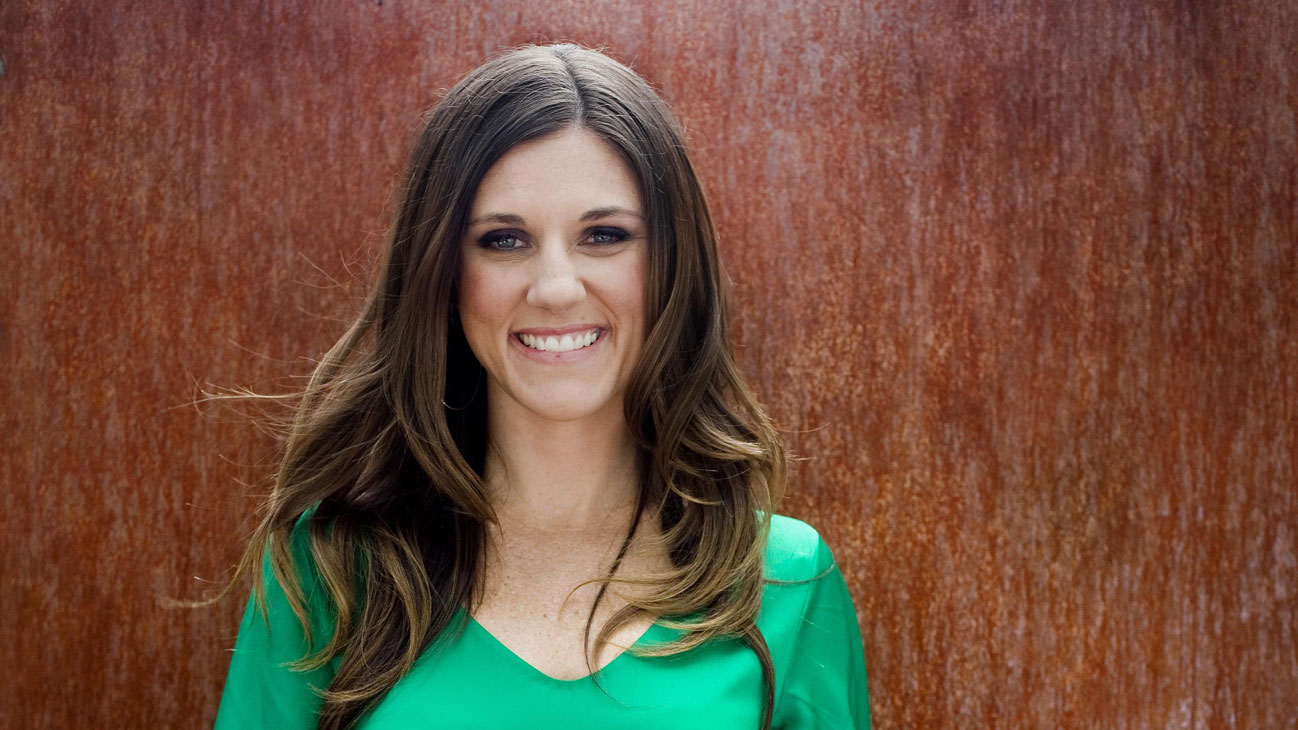Named one of Forbes’ five Most-Powerful Women on Twitter and a New York Times bestselling author for Renegades Write The Rules, Amy Jo Martin travels the world to speak about the latest trends in social media, how to monetize various social platforms, and how to successfully build a personal brand by utilizing social media. With nearly 1.3 million Twitter followers, her audiences have varied from the Harvard Business School and National Sports Forum to the Design Leadership Summit in Venice, Italy. Amy recently spoke at Inc.’s Growth conference in Nashville, and the magazine took the time to write about her presentation here:
“People connect to humans–not logos.” That’s the message that Amy Jo Martin, the founder and CEO of social media education and consulting company Digital Royalty ,hammered home in a speech titled “Digital Dialogue: How to Humanize Your Brand.”
Before an audience packed with small-business owners and entrepreneurs, Martin outlined just why this idea of appealing to customers on a human level is so important and how people can leverage social media and communication to make it a reality for their own brands.
Here are the major takeaways from Martin’s presentation:
Humanization Is Innovation
When Martin received a frantic phone call from Ultimate Fighting Championship President Dana White in which the executive confessed that he had accidentally tweeted his personal phone number out to the twitterverse and the phone had since been ringing off the hook–she got her first lesson in humanization. Martin realized that fans really just wanted to talk to White. So White answered the phone.
UFC engagement levels spiked. The team brought in a marketing partner, sponsors, scaled the operation and then made money off it.
“We humanized the brand,” said Martin. “Then were able to monetize it through social communication.”
The entrepreneur added that it is actions such as these that are truly innovative–the humanization of the UFC brand was what was innovative. “Technology is not innovation. Technology is just a vehicle for innovation,” she stressed.
Find Comfort in the Uncomfortable
With this idea of really connecting with people, comes something else that’s also very human: hesitation. It materializes as doubts and concerns or such push back in meetings as a non-believer saying something along the lines of “well no one has ever done that before.”
Martin referred to these occurrences as “innovation allergies” and said that people need to get over them.
“Anytime that we innovate adversity will follow us. We need to get used to that,” she said. “We need to get comfortable with being uncomfortable and that is the key.”
Mix Business With Pleasure
Furthering this concept of being comfortable with discomfort, Martin said that people need to knock down the barrier between their personal and work lives.
“The reality is that it is 2014 and it is really about work-life integration–not separation,” said Martin.
In that same vein, people need to work on building their own personal brands to go with this integration of their work and personal lives.
“I notice how much we don’t focus on the founders. We don’t think about the need for developing the personal brand and the need for humanizing the founders,” Martin said. “We focus on a company’s big idea but we need to focus on who is behind it and start telling that story.”

